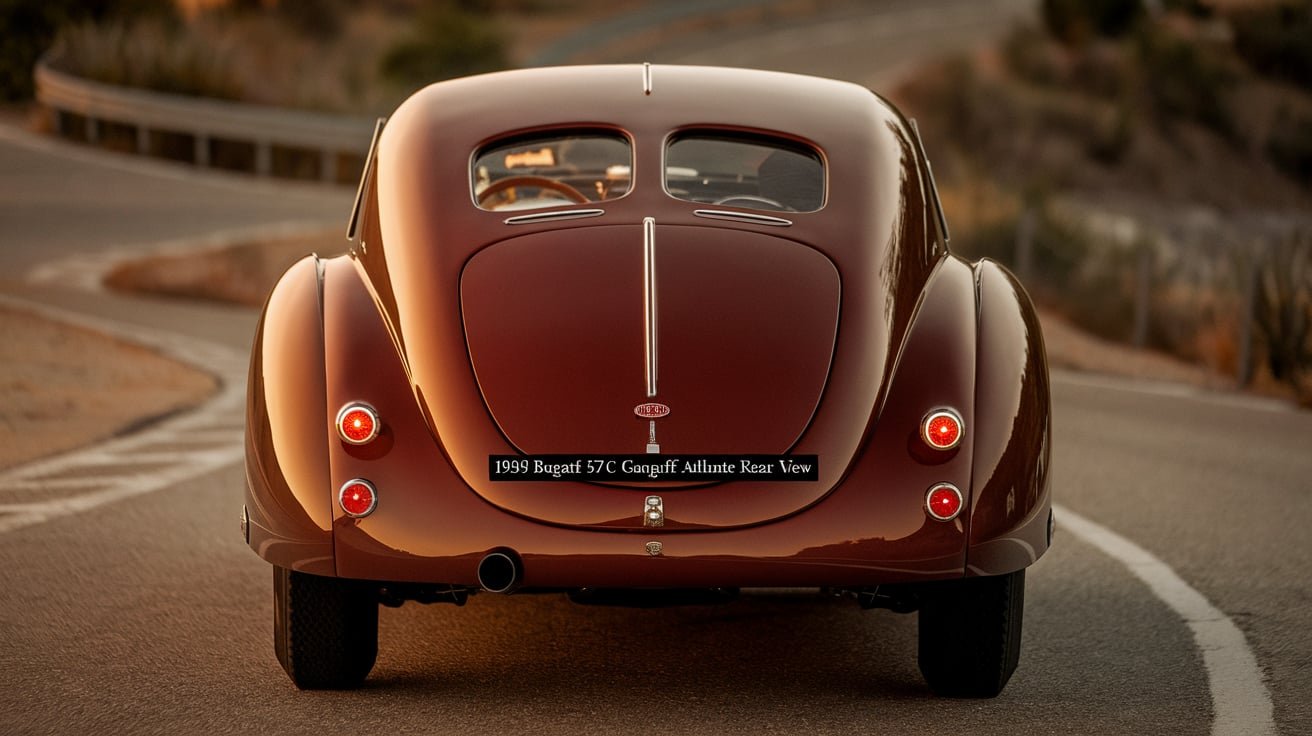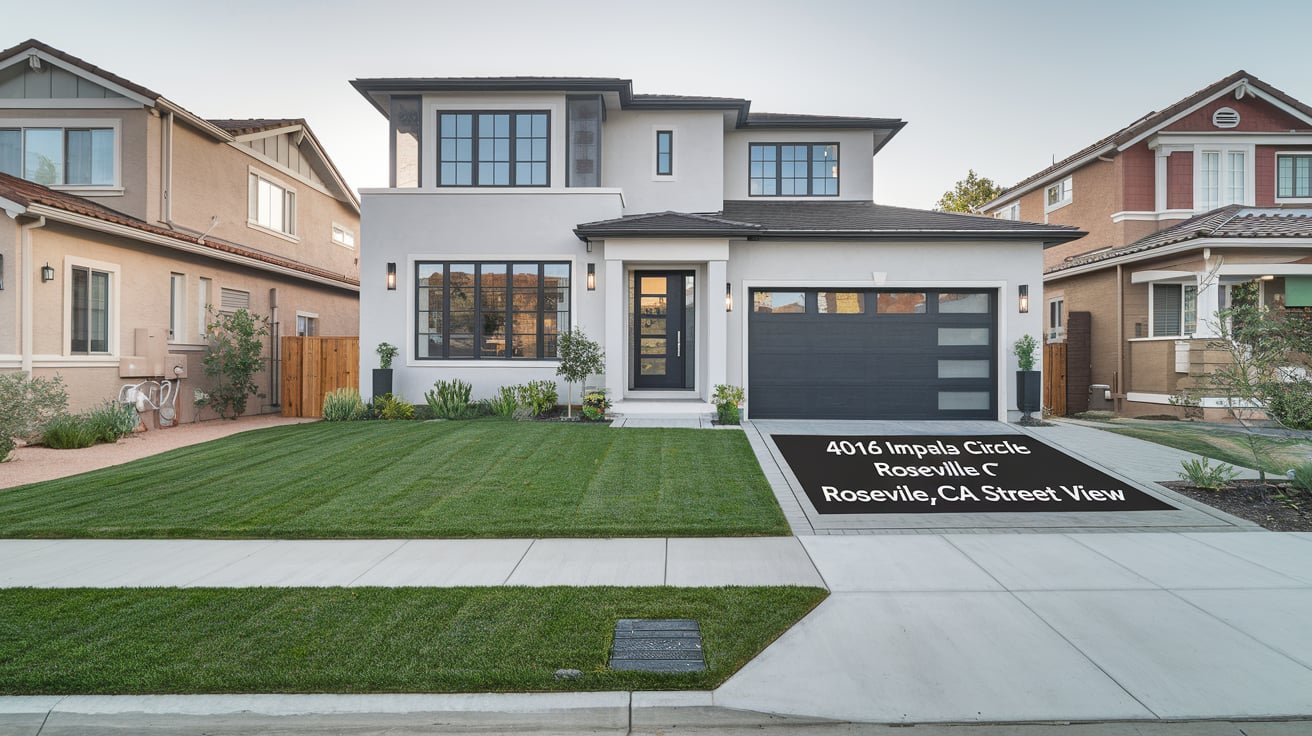The Ultimate Guide to Converting 150 c to f: Simplifying Temperature Conversion
Introduction: 150 c to f
Knowing how to convert temperatures is essential for cooking, baking, or even scientific experiments. One standard conversion you might need is 150 c to f. But fear not! This guide will walk you through the conversion process and share practical tips, fun facts, and a dash of humor. So, grab your apron (or lab coat), and let’s dive in!
Understanding the Basics of Temperature Scales
Before we convert 150 c to f, we must understand the two main temperature scales: Celsius and Fahrenheit.
Celsius: The Metric Marvel
Celsius (°C) is the temperature scale used by most countries worldwide. It’s based on water’s freezing point at 0°C and its boiling point at 100°C. This scale is straightforward and logical, making it popular in scientific settings and everyday life.
Fahrenheit: The American Standard
Conversely, Fahrenheit (°F) is mainly used in the U.S.A. In this system, water freezes at 32°F and boils at 212°F. The Fahrenheit scale can seem quirky, but many people are familiar with it, especially in the kitchen.
Why Convert?
So, why would you need to convert 150 c to f? Whether you’re following a recipe from a different country, checking the temperature of your oven, or conducting a scientific experiment, knowing how to convert between these scales can save you from culinary disasters—or, worse, scientific mishaps!
The Conversion Formula
The formula to convert Celsius to Fahrenheit is simple:
°F=(°C×95)+32°F = (°C \times \frac{9}{5}) + 32 °F=(°C×59)+32
Now, let’s apply this formula to convert 150 c to f.
Step-by-Step Conversion
- Multiply: Take 150 and multiply it by 9.
150×9=1350150 \times 9 = 1350150×9=1350 - Divide: Now, divide that result by 5.
1350÷5=2701350 \div 5 = 2701350÷5=270 - Add: Finally, add 32 to the result.
270+32=302270 + 32 = 302270+32=302
So, 150°C equals 302°F. Simple, right?
Practical Applications of Temperature Conversion
How to convert 150 c to f has practical implications in various fields, particularly cooking and science.
Cooking and Baking
When it comes to baking, precision is critical. Many recipes, particularly those from various countries, often provide temperatures in Celsius. For instance, if a cake recipe calls for baking at 150°C, knowing it’s 302°F can help ensure your cake rises perfectly. Imagine the embarrassment of serving a flat cake at a family gathering!
Scientific Experiments
In scientific contexts, accurate temperature readings are crucial. Whether you’re conducting experiments in a lab or working on a chemistry project, being able to convert temperatures correctly ensures you follow protocols accurately. One tiny error can have significant consequences, so converting 150 c to f might save you from a science fail!
Common Misconceptions
One misconception is that all ovens are the same. Spoiler alert: they’re not! Some ovens may operate at temperatures higher or lower than their designated settings. Therefore, it’s crucial to understand how to convert 150 c to f accurately to prevent cooking disasters.
A Quick Mental Trick
There’s a handy shortcut if you ever need to quickly convert 150 c to f without a calculator. A rough estimation method involves multiplying the Celsius temperature by two and adding 30.
So for 150°C:
150×2=300150 \times 2 = 300150×2=300
Adding 30 gives you approximately 330°F. While this isn’t exact, it’s close enough for quick kitchen decisions. Just remember, it’s always better to go for precision when possible!
Fun Facts About Temperature
Here’s a little humor to lighten the mood: Did you know that if you set your oven to 150°C, you might just be setting it to the temperature of a warm summer day in some parts of the world? Talk about baking in paradise!
Everyday Uses for Converting Temperatures
Beyond cooking, you might need to convert 150 c to f in everyday situations. Understanding temperature conversions makes life easier, whether adjusting a thermostat or checking the weather.
Recipes from Around the World
Cuisines around the globe often utilize different temperature scales. For instance, a French recipe might call for 150°C for slow-roasting vegetables, while an American cookbook might suggest 302°F for the same dish. Knowing how to convert allows you to explore international recipes without fear!
Troubleshooting Common Issues
Sometimes, things don’t go as planned. Check your temperature conversions if your dish isn’t cooking correctly. If you mistakenly use 150°F instead of 150°C, your food might not cook properly. Always double-check to ensure you’re not stuck with a dinner disaster!
The Importance of Accuracy
In both cooking and scientific settings, accuracy is paramount. Incorrect temperature conversions can lead to undercooked meals or faulty experimental results. When you see 150°C, remember it translates to 302°F, and don’t be afraid to pull out that calculator!
Frequently Asked Questions
How to convert other Celsius temperatures to Fahrenheit?
The same formula applies! Just replace the Celsius temperature in the formula:
°F=(°C×95)+32°F = (°C \times \frac{9}{5}) + 32 °F=(°C×59)+32
Why is knowing the conversion helpful?
Whether you’re following recipes, adjusting your cooking times, or conducting experiments, knowing how to convert between Celsius and Fahrenheit ensures accuracy and helps achieve desired results.
What if I need to remember the formula?
No worries! You can always look it up or use quick estimation methods like multiplying by two and adding 30 for a rough estimate.
Can I use a thermometer for accurate readings?
A good thermometer is one of the best ways to ensure your temperatures are spot-on. Just remember to convert if needed.
Summary of the Conversion Process
Converting 150 c to f is easy with the right formula. Simply multiply by 9, divide by 5, and add 32.
Final Thoughts
So there you have it—a comprehensive guide on converting 150 c to f. This skill is not just for chefs or scientists; it’s a handy tool for anyone who wants to successfully navigate the culinary world or the realm of scientific inquiry.
Remember, temperature accuracy is vital whether you’re whipping up a soufflé or mixing up some lab solutions. So, the next time you need to convert, think back to this guide, and you’ll be ready. Happy cooking, and may your temperature conversions always be spot-on!
Conclusion
In conclusion, understanding how to convert 150 c to f and mastering temperature conversions can enhance your cooking and scientific endeavors. It’s a small skill with a significant impact. So whether you’re cooking a gourmet meal or experimenting in the lab, embrace this knowledge and watch as it transforms your approach to cooking and science. Remember, every degree counts—literally!














Post Comment